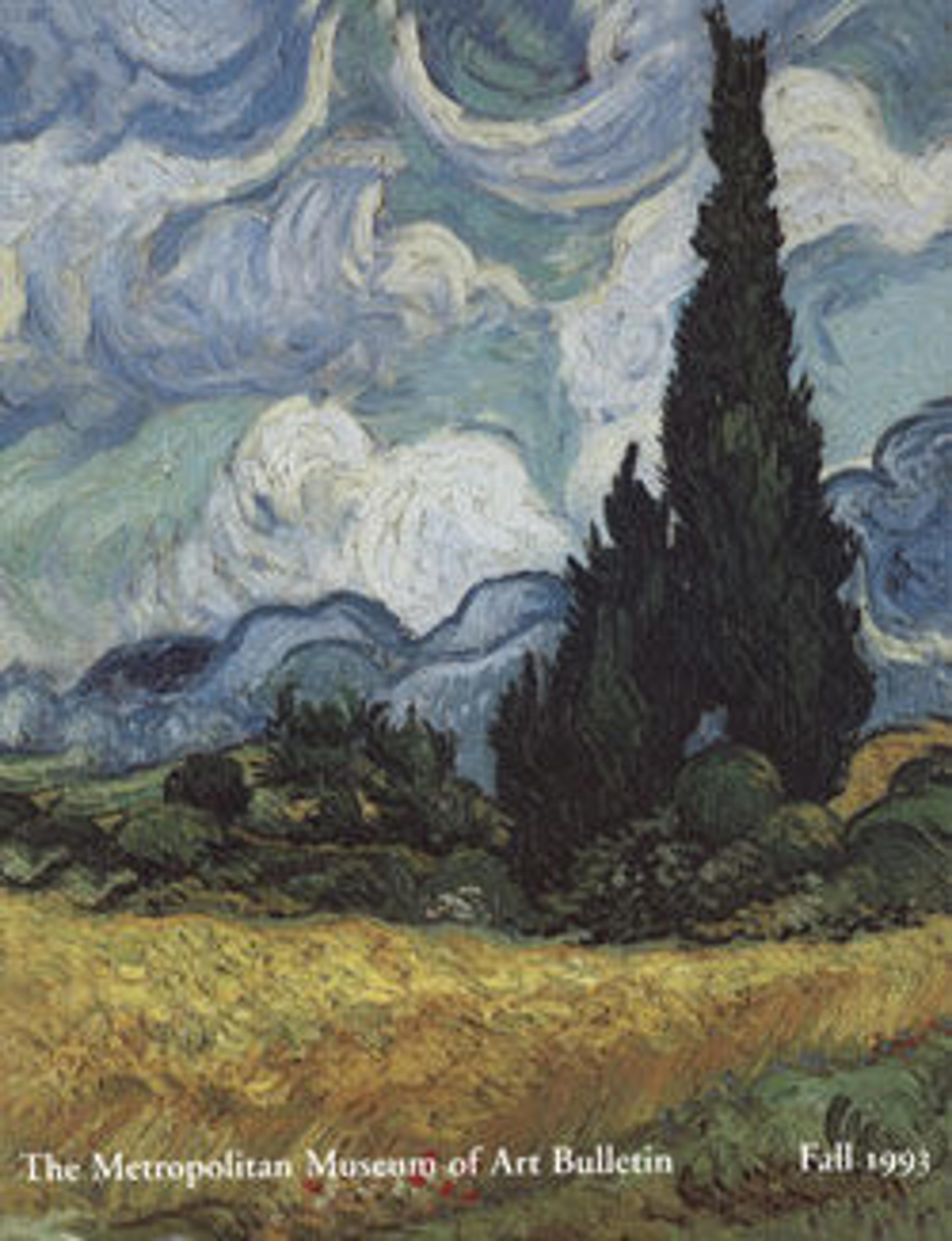Spoils of Wood and Stream
Although still life was rare in French and American photography in the mid-nineteenth century, in Britain the popularity of seventeenth- and eighteenth-century Dutch and Flemish still-life painting suggested a tradition worth emulating. In 1860 Fenton explored the genre photographically in a series of sumptuous studio compositions of fruit, flowers, game, and tableware. Made outdoors, this photograph is very likely the link between Fenton's riverscapes of the 1850s and his later virtuoso still lifes. The composition seems to slowly eddy around the bellying basket of river trout. From the glistening rock to the suave arc of the trophy salmon, from the weathered log to the damp fur of the pendant rabbits, Fenton demonstrated how the tradition could be sensuously revitalized by a fresh eye--and a good catch.
Artwork Details
- Title: Spoils of Wood and Stream
- Artist: Roger Fenton (British, 1819–1869)
- Date: 1858–59
- Medium: Albumen silver print from glass negative
- Dimensions: Image: 32.8 x 36.2 cm. (12 15/16 x 14 1/4 in.)
- Classification: Photographs
- Credit Line: Purchase, Joyce and Robert Menschel Gift, Pfeiffer Fund, and Margaret W. and Matthew B. Weston Gift, 1993
- Object Number: 1993.68
- Curatorial Department: Photographs
More Artwork
Research Resources
The Met provides unparalleled resources for research and welcomes an international community of students and scholars. The Met's Open Access API is where creators and researchers can connect to the The Met collection. Open Access data and public domain images are available for unrestricted commercial and noncommercial use without permission or fee.
To request images under copyright and other restrictions, please use this Image Request form.
Feedback
We continue to research and examine historical and cultural context for objects in The Met collection. If you have comments or questions about this object record, please complete and submit this form. The Museum looks forward to receiving your comments.
